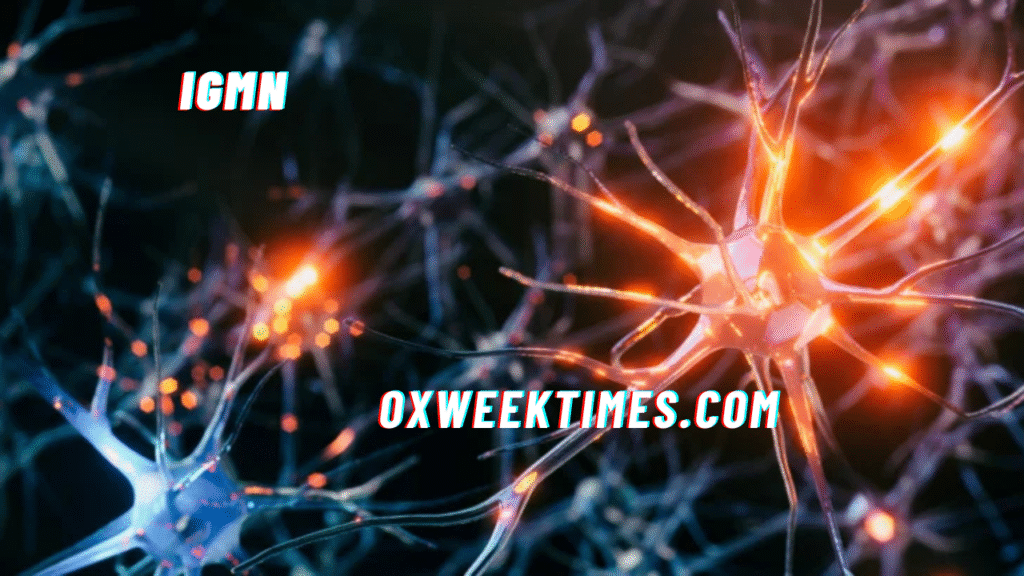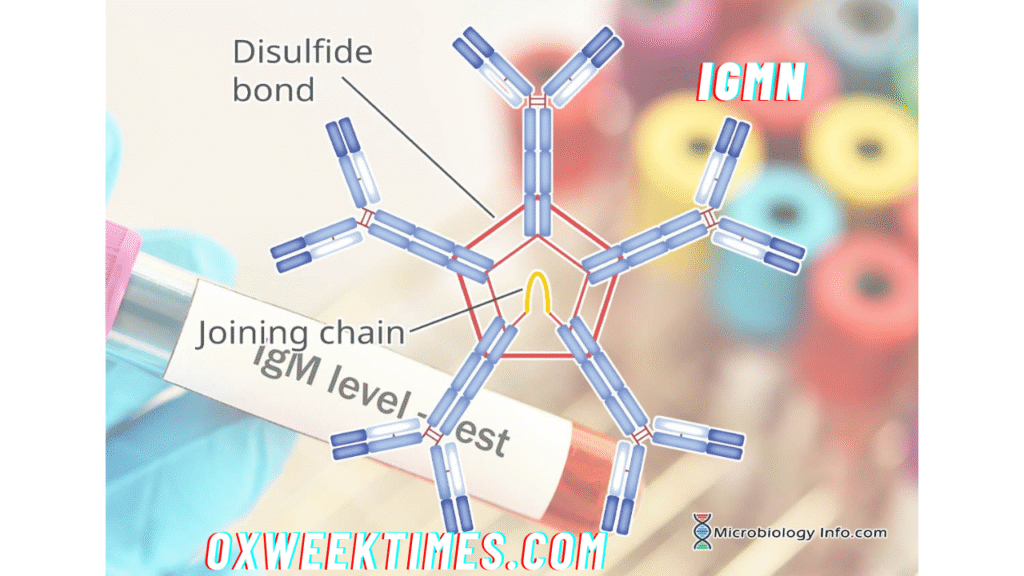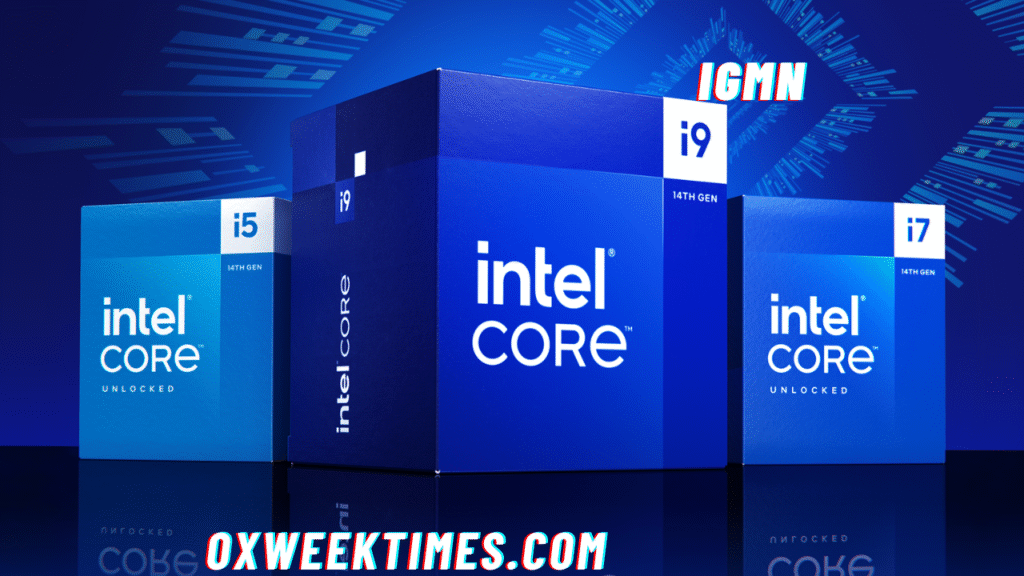
In the vast and ever-evolving world of data, artificial intelligence, and cryptic communication, certain terms and symbols gain popularity while their true meanings remain elusive. One such concept is “IGMN”, and alongside it, the mysterious symbol or term “??”. While these may appear ambiguous or even nonsensical at first glance, a closer examination reveals a compelling narrative about adaptive systems, machine learning, hidden meanings, and the subtle power of symbols. This article aims to thoroughly explore IGMN, demystify the “??”, and illustrate their roles—both individually and together—in modern information systems and digital expression.
What is IGMN? A Brief Introduction

IGMN stands for Incremental Gaussian Mixture Network. It is a sort of algorithm used in machine learning, notably in pattern identification, classification, and data modeling. Unlike typical static models, IGMN is incremental, meaning it can learn from data in a continual way without having to be retrained from start as new data becomes available.
This feature makes IGMN especially useful for real-time applications, where the system must adapt dynamically to changing information—something that’s increasingly essential in today’s fast-paced digital landscape.
How IGMN Works: A Glimpse into the Technical Core

At its heart, the IGMN is an extension of the well-known Gaussian Mixture Model (GMM), which is widely used in unsupervised learning to identify underlying probability distributions in data. What differentiates IGMN from traditional GMMs is its ability to learn incrementally.
IGMN works by:
- Maintaining a set of Gaussian components that represent the structure of the observed data.
- Updating these components in real time as new data arrives.
- Adapting the model structure dynamically, which includes the possibility of adding or removing components based on evolving patterns in the data.
The IGMN architecture allows for online learning, which is essential for applications such as:
- Real-time fraud detection,
- Autonomous vehicle navigation,
- Real-time stock market prediction,
- Adaptive robotics.
The algorithm is both lightweight and flexible, making it suitable for devices with limited computational power, such as mobile phones or IoT (Internet of Things) devices.
The Enigma of “??”: A Symbol of the Unknown or the Undefined

Alongside the more technical term “IGMN” is the curious symbol “??”, which can carry multiple interpretations depending on context. In textual communication, it’s often used to indicate confusion, ambiguity, or a missing element. However, when paired with a complex term like IGMN, it raises interesting questions:
- Is the “??” pointing to the hidden potential of IGMN?
- Does it suggest that the full capabilities or implications of IGMN are not yet fully understood?
- Could it represent the human uncertainty in trusting adaptive, machine-learning systems?
These problems are far from trivial. In philosophy, symbols like “??” frequently carry greater weight than the words surrounding them. In programming, “??” may also be a null coalescing operator, used to set a default value when a variable is null. This dual use highlights its status as both a functional instrument and a metaphor for the undefined, the yet-to-be-determined, or the unknown.
IGMN and “??”: A Philosophical and Functional Intersection
When placing IGMN and “??” together in the same conceptual space, an intriguing narrative emerges. IGMN represents structured adaptability—the ability to continuously learn and evolve from new data. Meanwhile, “??” symbolizes the boundaries of current understanding or the presence of gaps in knowledge.
In a world increasingly driven by AI and data, these two concepts form a kind of yin-yang:
- IGMN = learning from the known.
- “??” = facing the unknown.
This duality is crucial in modern machine learning, where systems must not only process what is available but also make predictions and decisions amid uncertainty. In this sense, IGMN is a response to “??”—a method of turning ambiguity into structure, of transforming uncertainty into informed action.
Applications of IGMN in Real-World Systems
Let’s consider some areas where IGMN’s properties shine, particularly when operating in environments marked by high variability or uncertainty:
1. Healthcare Monitoring
In wearable medical devices, IGMN can be used to detect anomalies in real time—such as sudden changes in heart rate or glucose levels—without needing frequent model retraining.
2. Smart Surveillance
Security systems can utilize IGMN to distinguish between normal and suspicious activity as new data is streamed from cameras, adapting to evolving patterns of behavior.
3. User Behavior Modeling
Web services and platforms use real-time data to predict user behavior. IGMN helps adjust content delivery or product recommendations dynamically, even as user preferences shift.
4. Robotics and Control Systems
Robots equipped with IGMN-based control systems can adapt their movements or decisions based on changing environmental conditions—especially useful in unpredictable or unstructured terrains.
Each of these domains operates with an element of “??”—unpredictability, new information, or incomplete data. IGMN serves as the bridge that helps machines interpret and act in such environments.
Limitations and Challenges of IGMN: The Lingering “??”
Despite its adaptability and usefulness, IGMN is not without challenges:
- Sensitivity to Initialization: The model’s performance can be highly dependent on how its initial parameters are set.
- Scalability Issues: While lightweight, IGMN may struggle with extremely high-dimensional datasets unless carefully optimized.
- Interpretability: As with many machine learning systems, the results of an IGMN can be difficult to explain to end users or decision-makers.
These limitations represent the enduring presence of “??” in IGMN applications—a reminder that no system is ever fully complete or completely understood.
The Future of IGMN and “??”: Learning, Adapting, and Evolving
As machine learning continues to expand into new fields—art, creativity, ethics, and beyond—the interaction between systems like IGMN and symbols like “??” becomes more than a technical discussion. It becomes a metaphor for how we, as humans, cope with the overwhelming complexity of information.
The future likely holds hybrid models, where IGMN is combined with neural networks or reinforcement learning agents to harness the best of both adaptability and deep pattern recognition. Likewise, the “??” may continue to be a shorthand for the unknown in both technical and philosophical conversations about AI.
In the end, IGMN teaches us how to learn from what we know, while “??” reminds us there’s always more to discover.
Conclusion: Embracing IGMN and the Power of “??”
To summarize, IGMN stands as a robust, incremental learning model fit for the challenges of real-time, evolving data environments. It is a powerful tool in the arsenal of modern machine learning and adaptive systems. Meanwhile, the symbol “??”—whether seen as confusion, mystery, or potential—serves as a powerful counterbalance, reminding us of the limits of current knowledge and the ongoing quest for deeper understanding.
Together, IGMN and “??” represent both the mastery of data and the humility of exploration. In a rapidly changing world, perhaps this balance is exactly what we need.




